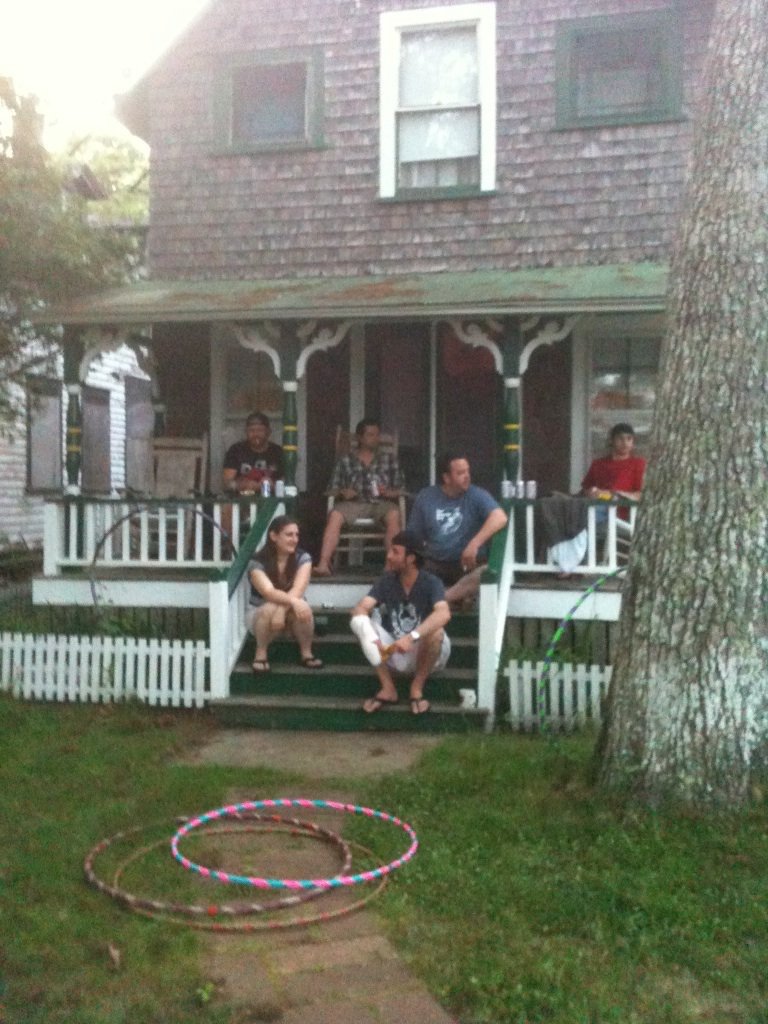
June on Martha’s Vineyard
June on Martha’s Vineyard is a symphony of sensations: the scent of blooming beach roses, the taste of just-picked strawberries, the sound of laughter at community gatherings. As the island awakens to summer, there’s a palpable energy—an invitation to savor each moment.
At Woods & Waters MV, we find inspiration in the island’s rhythms. Here’s what’s capturing our hearts and palates this June
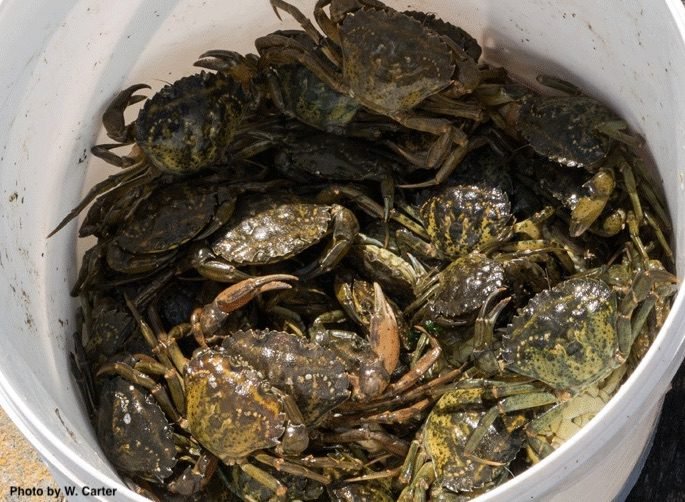
Tiny Invaders: Green Crabs
Green crabs aren’t native to New England. They arrived on ships from Europe in the 1800s and have been spreading steadily ever since. Today, they’re found up and down the Atlantic coast, from New Jersey to Nova Scotia—including right here on Martha’s Vineyard.
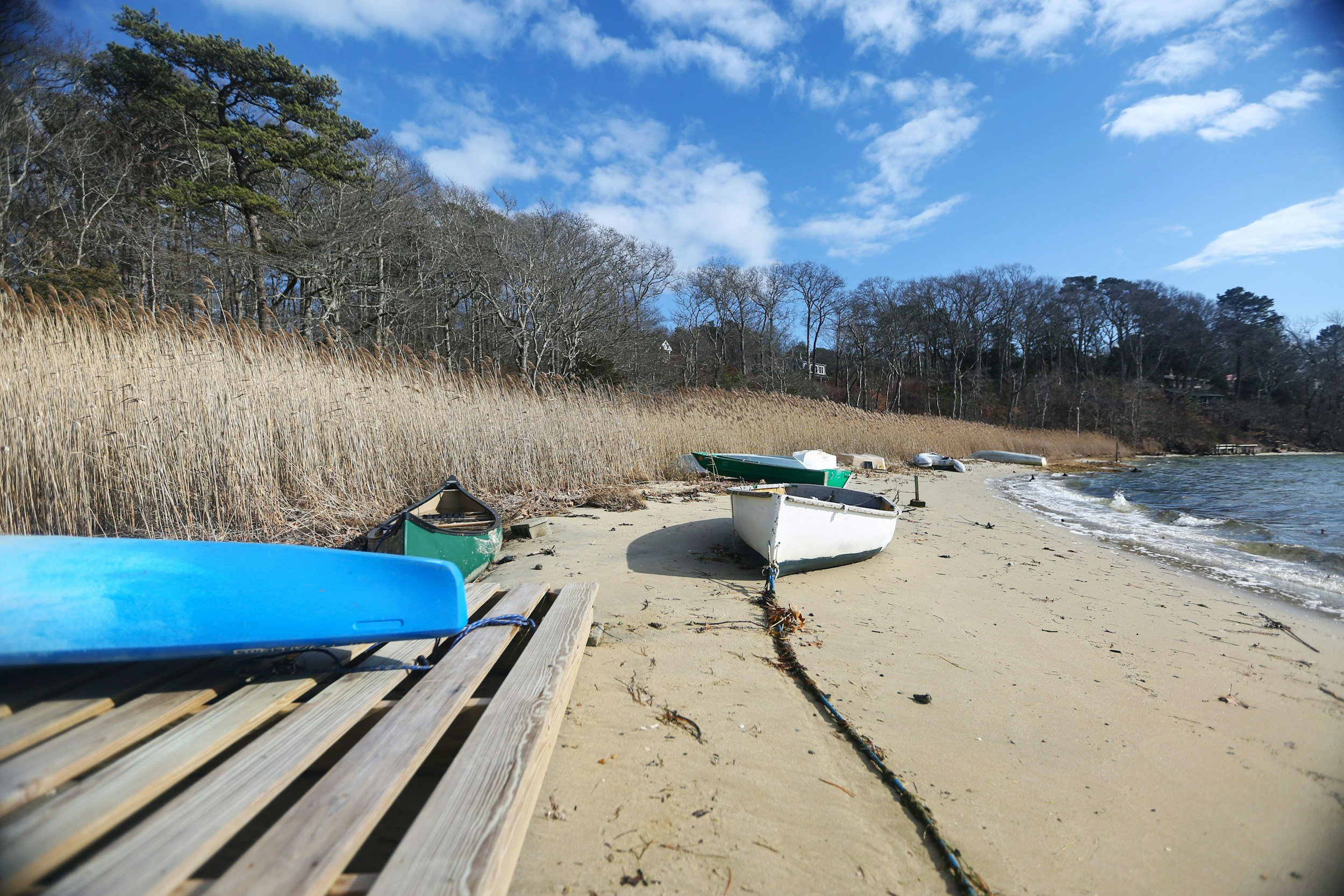
Our take on New England Cuisine.
This region is more than a backdrop for us. It’s the heart of our flavor, our inspiration, and the soul of the experiences we create for our guests. From fog-draped harbors and forest-lined back roads to clambakes on windswept beaches, New England tells a story with every season—and that story ends up on our table.
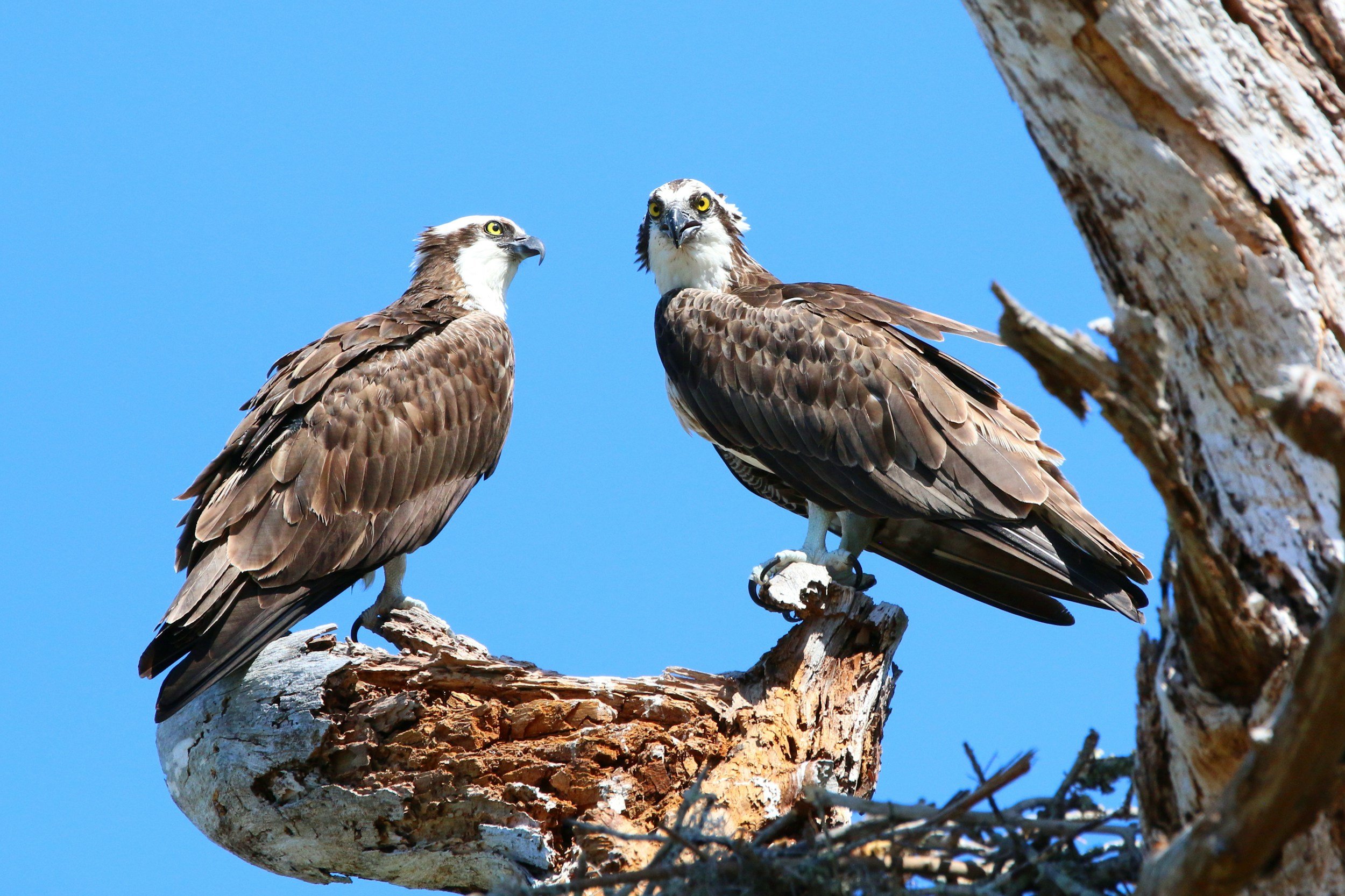
Protecting Migratory Birds
At Woods & Waters MV, we’re not just cooks. We’re stewards of this land and coast. And that means paying close attention to the other lives that depend on it, especially the migratory birds who grace our skies for only part of the year—but whose survival is bound to what we do with the land every day.
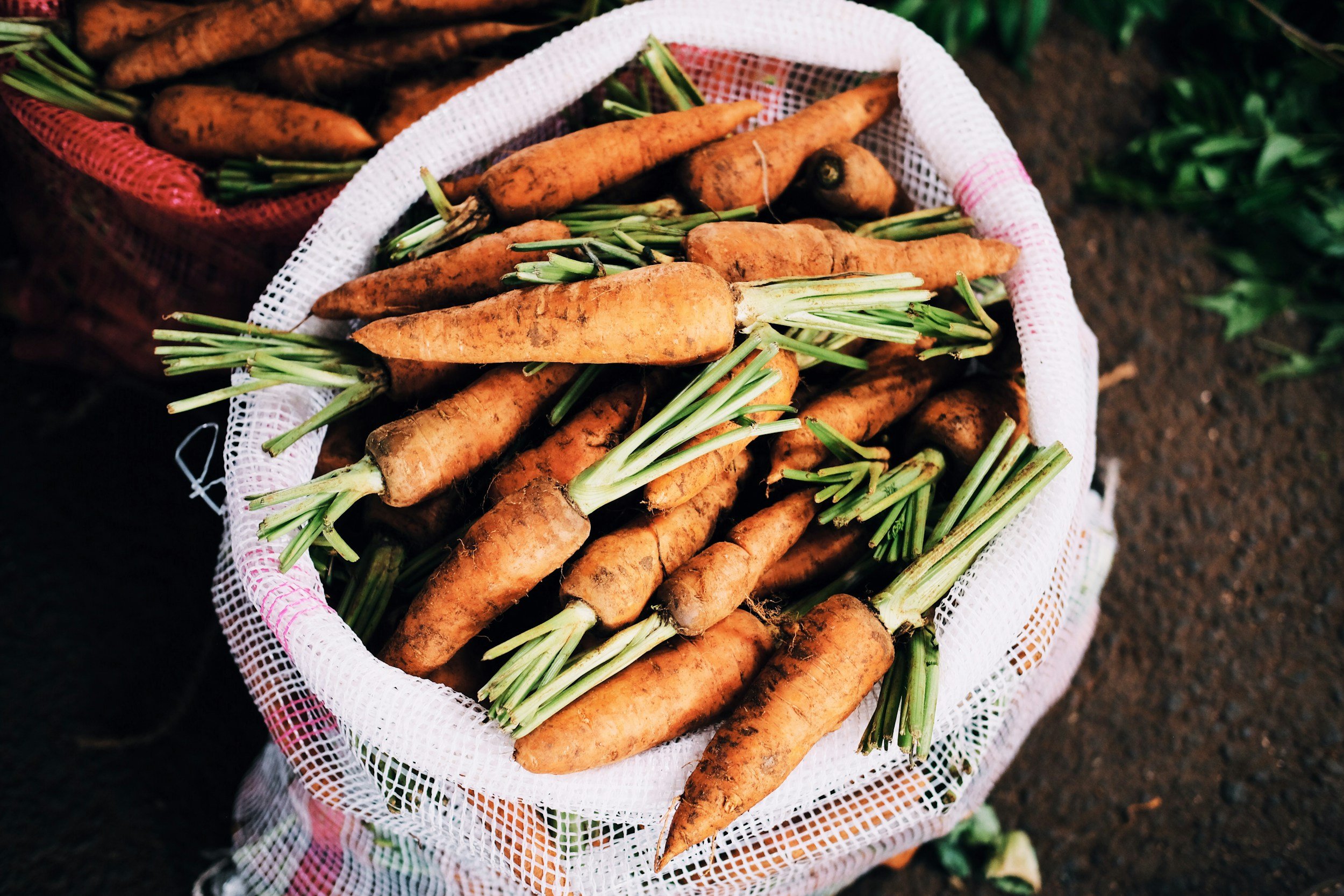
Stand with Farmers on Martha’s Vineyard
Farming Here Isn’t Easy—But It’s Essential
Martha’s Vineyard has a long agricultural history. Long before it became a vacation destination, it was a patchwork of farms, pastures, cranberry bogs, and working woods. Today, that tradition still exists—but it’s at risk.
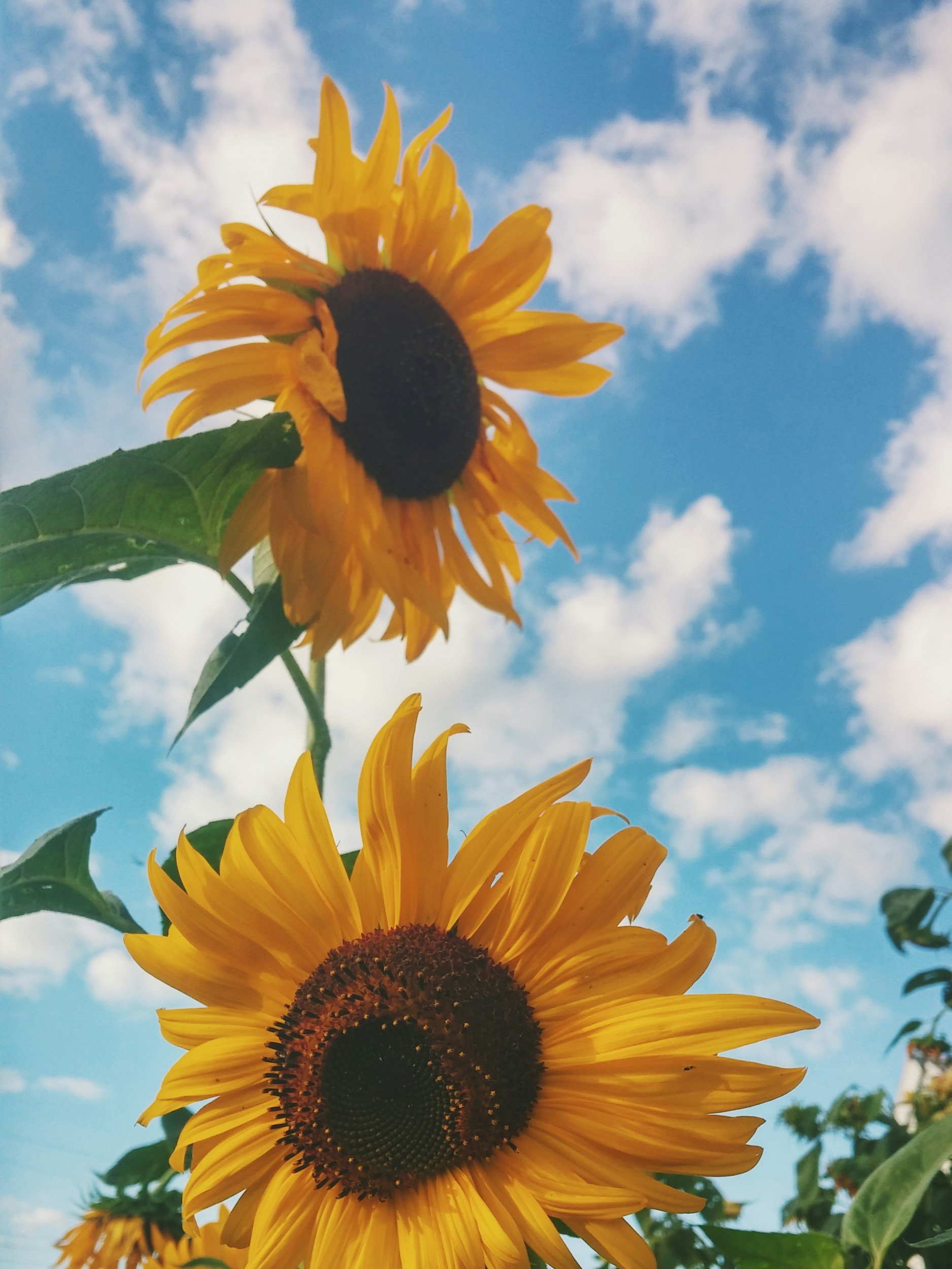
Summer at the Stand
What we find at the farm stand isn’t just food. It’s the result of early mornings, careful planning, hand weeding, and long days under the Vineyard sun. Every bunch of kale or crate of peaches tells a story—not just of flavor, but of labor, love, and land stewardship.
When we buy from these stands, we’re not just sourcing fresh produce—we’re participating in the island’s agricultural rhythm. We’re keeping land in cultivation, farmers in business, and meals deeply rooted in place.